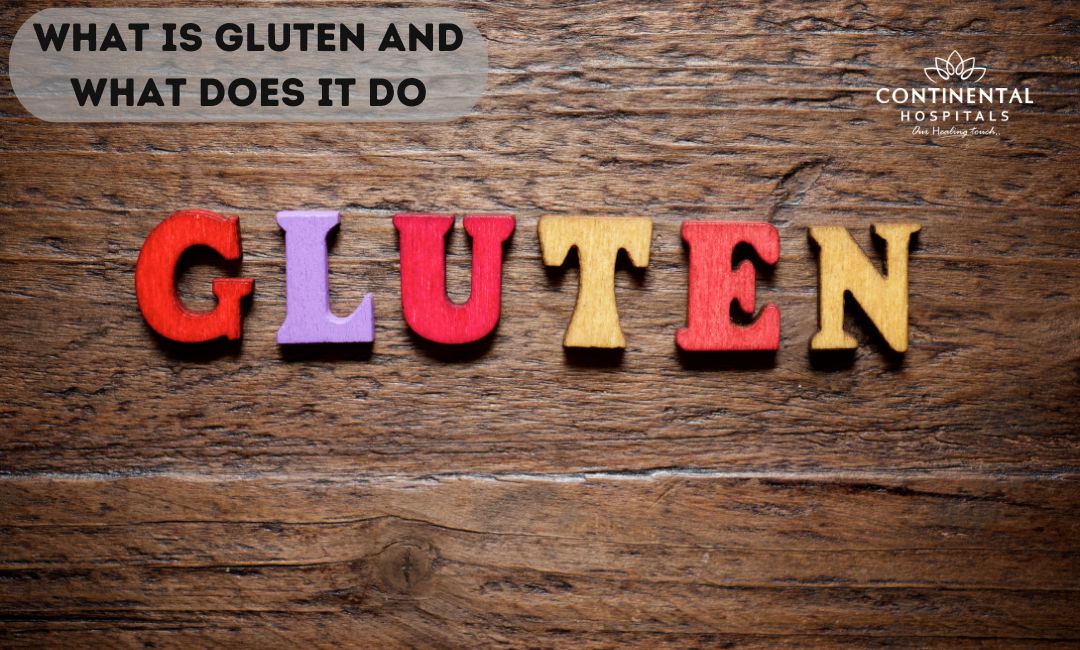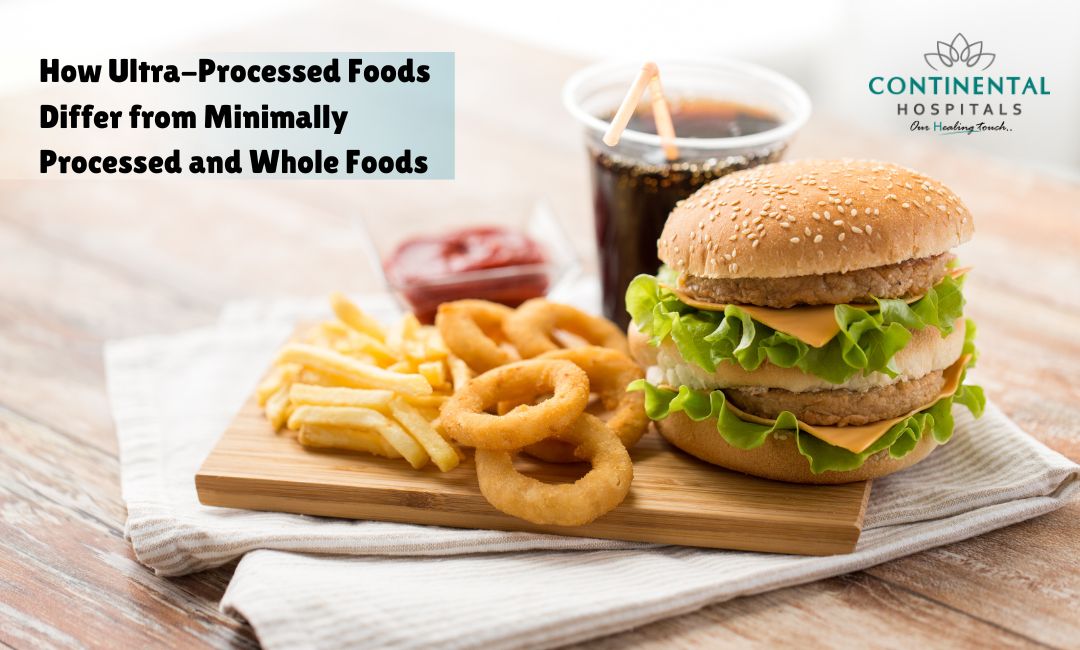In recent years, gluten has become a focal point of discussion in health and nutrition circles. For some, it's a dietary villain to be avoided at all costs, while for others, it's a misunderstood component of food. To truly understand gluten, its effects, and its role, we need to delve into its composition, its impact on health, and the implications of going gluten-free.
What is Gluten?
Gluten is a protein composite found primarily in wheat and related grains like barley and rye. Chemically, it's made up of two main proteins: glutenin and gliadin. When flour is mixed with water, gluten forms a sticky network that gives dough its elasticity and helps it rise and maintain its shape during baking. This property makes gluten crucial in the production of bread and other baked goods, providing the chewy texture many people enjoy.
Sources of Gluten
While wheat, barley, and rye are the primary sources of gluten, it can also be found in derivatives of these grains. This includes products like bulgur, couscous, semolina, and spelt. Additionally, gluten is often used as an additive in processed foods, sauces, and condiments, where it serves as a thickening or stabilizing agent.
The Role of Gluten in Food
In baking, gluten plays a crucial role in determining the texture and structure of bread and other baked goods. When dough is kneaded, gluten strands develop, forming a network that traps gas bubbles produced by yeast or baking powder. This gives bread its airy texture and helps it rise during baking.
Beyond baking, gluten's properties make it useful in various food products. It contributes to the chewiness of pasta, the elasticity of pizza dough, and the crumb structure of cakes. Its ability to absorb water and form a flexible network also makes it valuable in processed foods where stability and texture are important.
Health Implications of Gluten
Despite its culinary benefits, gluten can be problematic for some individuals. People with celiac disease, an autoimmune disorder affecting about 1% of the population, have a severe reaction to gluten. In these individuals, consumption of gluten triggers an immune response that damages the lining of the small intestine, leading to malabsorption of nutrients and various health issues if not managed properly.
Another condition related to gluten sensitivity is non-celiac gluten sensitivity (NCGS). Unlike celiac disease, NCGS does not involve autoimmune mechanisms or intestinal damage. Instead, individuals with NCGS experience digestive symptoms, such as bloating, abdominal pain, and diarrhea, as well as non-digestive symptoms like headache, fatigue, and joint pain. The exact mechanisms behind NCGS are not fully understood, and diagnosis often involves ruling out other conditions.
Gluten-Free Diets
Due to the rise in awareness of celiac disease and gluten sensitivity, gluten-free diets have gained popularity. These diets involve avoiding all sources of gluten, including wheat, barley, rye, and their derivatives. For those with celiac disease, strict adherence to a gluten-free diet is essential to prevent symptoms and complications.
However, the gluten-free trend has extended beyond medical necessity to become a lifestyle choice for many. Some people believe that eliminating gluten can lead to weight loss, improved digestion, or increased energy levels. However, scientific evidence supporting these claims is limited, and a gluten-free diet can pose challenges in terms of nutrient deficiencies and cost, especially when relying on processed gluten-free products.
Misconceptions About Gluten
One common misconception is that gluten is inherently unhealthy for everyone. For the vast majority of the population, gluten poses no health risk and provides essential nutrients like protein and fiber. In fact, whole grains containing gluten are part of a balanced diet and offer numerous health benefits, including improved heart health and reduced risk of chronic diseases.
Gluten-Free Alternatives
For those who must avoid gluten, there are now many gluten-free alternatives available. These include gluten-free grains like rice, corn, quinoa, and oats (when labeled gluten-free), as well as flours made from nuts, seeds, and legumes. Advances in food technology have also led to the development of gluten-free products that closely mimic their gluten-containing counterparts in taste and texture.
Conclusion
In conclusion, gluten is a complex protein found in wheat and related grains, playing a crucial role in the texture and structure of many foods. While essential for baking and food production, gluten can trigger adverse reactions in individuals with celiac disease or non-celiac gluten sensitivity. For these individuals, strict adherence to a gluten-free diet is necessary to manage symptoms and prevent complications.
However, it's important to recognize that gluten is not inherently harmful to everyone. For most people, gluten-containing grains are nutritious and provide valuable dietary fiber and other essential nutrients. As with any dietary choice, the decision to go gluten-free should be based on individual health needs and guided by reliable medical advice.
.webp)







